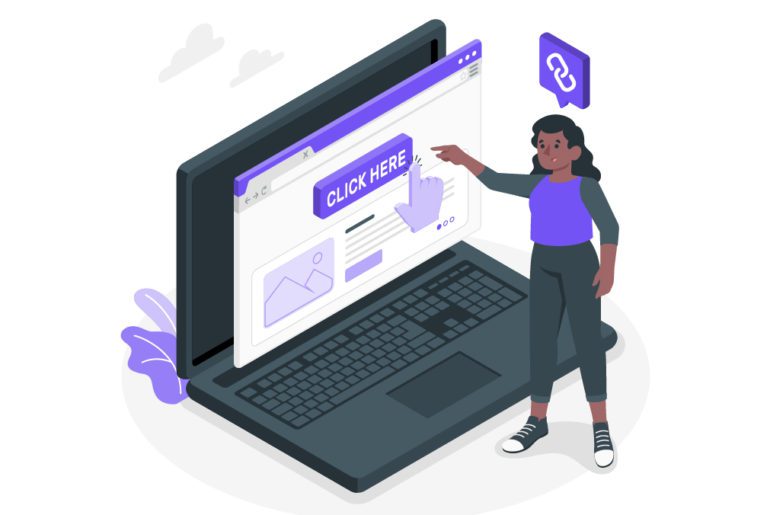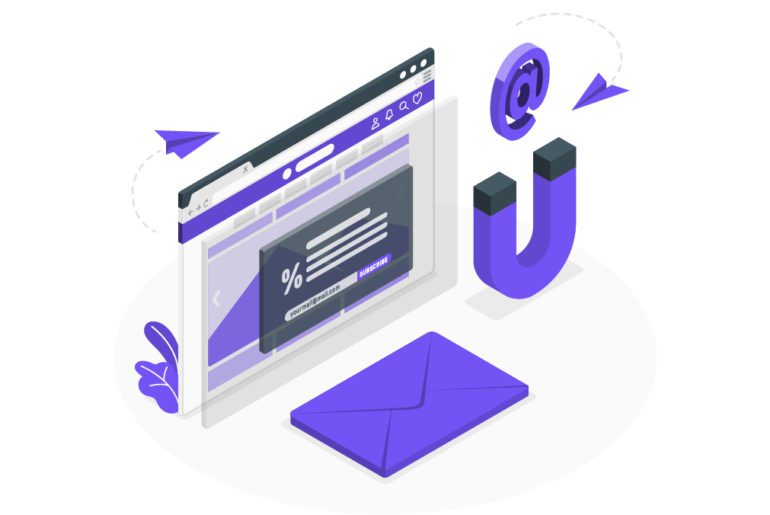Amongst many skills that help increase productivity, there is now a brand new addition, namely inbox training. With emails becoming the primary means of communication in the corporate world managing one’s inbox has become imperative to one’s productivity. Thus understanding what is inbox training and using it in our day-to-day corporate life is very important.
What is inbox training?
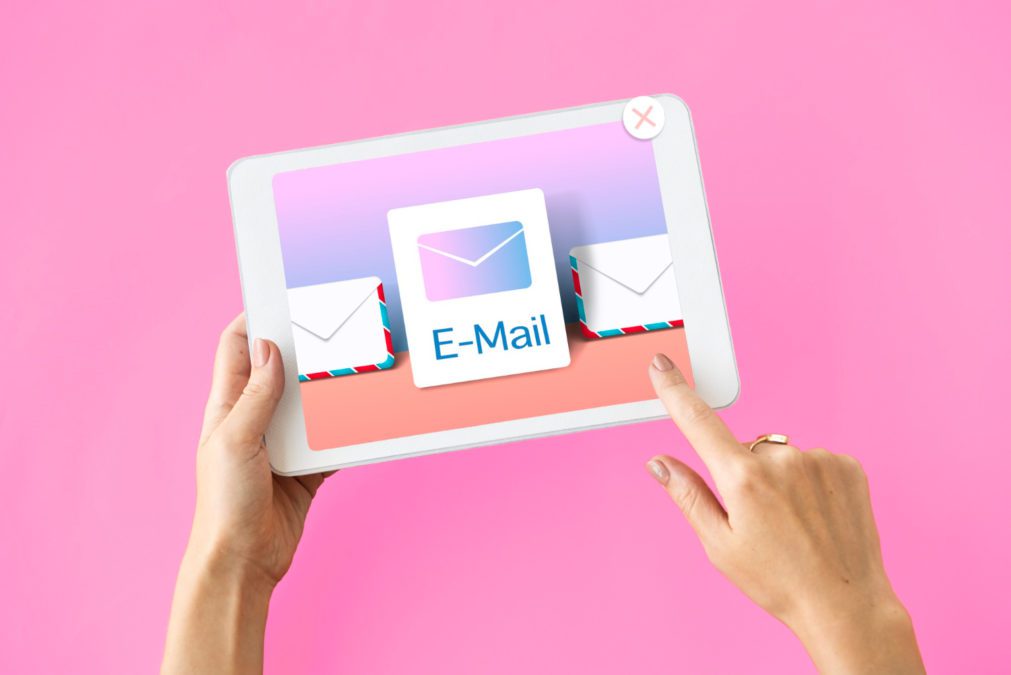
Quite simply, inbox training is the process of training oneself to effectively handle one’s inbox. This involves the proper organization of emails, an effective email management schedule, and clearing the email inbox off clutter. In this article, we take a look at some basic skills that entail inbox training.
4 email management skills for inbox training
Here are 5 skills that help you manage your emails better and make your inbox trained.
1. Use email productivity tips in your inbox training
Email productivity is the act of being more efficient when using emails. This means you must use all your email-related activities to help you be more time-efficient. Some email productivity tips for inbox training include:
Use email management softwares for inbox training
Managing your email with inbox training becomes possible with email management apps. Apps like Mailmanhq can help you schedule your emails such that they do not cause a distraction to you. Mailmanhq, in particular, is our favorite email management software because of its batched delivery system. With this feature, it delivers emails only when we can deal with them. This feature combined with the ‘Do Not Disturb’ feature is what makes Mailmanhq the best email management software.
Assess your email productivity habits
How you develop your inbox training depends on the type of emails you get. Is your work email inbox full of personal emails? Then divert them to your personal email account to reduce the number of emails. Are there too many emails that are spam? Unsubscribing and deleting them is the way to go. Asking yourself similar questions can help you understand your email management habits better to improve email productivity.
Use the 2 minute rule for better email productivity
The 2 minute rule is all about asking yourself the question: Does it take less than 2 minutes to process this email? The answer to this question will determine your next course of action in inbox training. If the answer is “Yes,” it’s best to reply right away, archive the message, and move on to the next email. Replying to those quick emails right away can save us ample time in the long run. If “No,” then put it on your to-do list, archive it and move on to the next email.
Use email templates in your inbox training
More often than not, we write emails including emails of introduction, emails of invitation, or of a follow-up. Such emails might be similar but end up taking loads of our time. Taking out a few minutes to design email templates can prove to be a great tip for time efficiency in your inbox training. Use softwares like Beefree.io to make handy email templates and master your emails.
2. Process your emails on a schedule
Email management and hence inbox training, take up ample of our time. But often the result of our efforts is minimal as compared to the time we put in. Hence scheduling our email management habits is necessary. An email management schedule will dictate how many times you check your emails and how long you spend on an email. It has been studied that over-checking email wastes 21 minutes per day. If people checked their email hourly rather than every 37 minutes, they could cut six email checks from their day.
3. Write emails BETTER
Writing inefficient emails is yet another reason we have to deal with too many emails. In order to master your emails, you must learn to write mindfully with this inbox training.
- Firstly, clarify the intention of the email you are writing. Design your email accordingly, highlighting the most important point in the beginning of the email.
- Be clear about what you need from the recipient of the email.
- Make sure that your subject line is short but sums up the intention of the email.
- Keep the email as concise as possible, without skipping any important points.
4. Consume emails sensibly
Your email diet determines how you master your emails everyday. Handling your inbox email management sensibly is the only way to tame your inbox.
- Use the 2 minute rule to decide your first course of action as soon as you receive an email.
- Prioritize how important an email is as compared to the task you have at hand. Manage your to-do list accordingly.
- Flag emails that you need to take a look at later. Make sure the emails you have already dealt with are archived or deleted.
Be the best at email management with inbox training
Inbox training is all about understanding one’s email management habits. As we know how our relationship with email is, we can try to figure a way out of managing them without undermining their importance. The above tips for email management form a great foundation on which we can build up a good email management strategy as we enjoy increased productivity.
FAQs
1. Delete spam folder.
2. Organize emails into filters and folders.
3. Use labels and stars to mark emails as important.
4. Delete old, irrelevant emails.
5. Archive any emails that you have processed but cannot delete.
1. Use filters and folders to organize emails.
2. Star or flag important emails to differentiate them.
3. Convert emails to to-do lists to get through them easily.
4. Snooze emails that need more work to get done.
1. Use email management softwares like Mailman.
2. Respond to emails promptly using the 2 minute rule.
3. Delete the emails after you deal with them.
4. Delegate emails if they suit someone else’s responsibilities better.
5. Organize your emails with folders, filters and labels.
An inbox is a folder in an email program that stores all incoming emails.
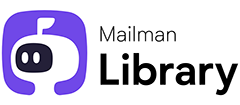
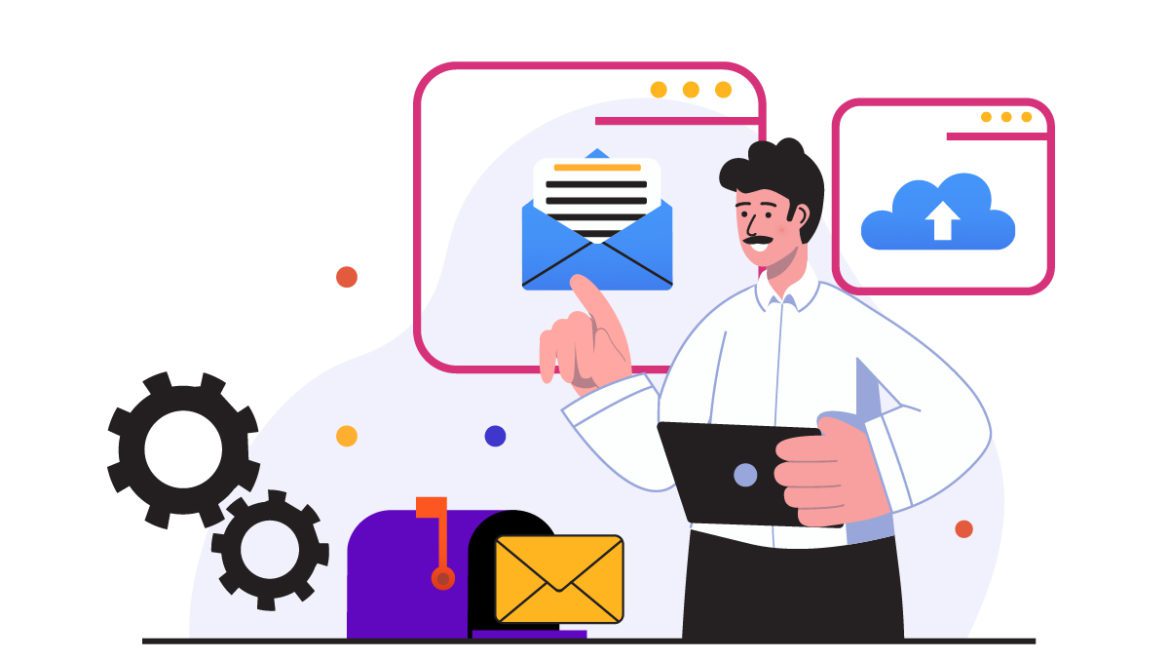
![10 Best Email Organizer Apps [Tried & Tested] email organizer app](https://library.mailmanhq.com/wp-content/uploads/2021/05/The-3-Best-email-Organizer-app-For-C-level-Executives-770x515.jpg)
